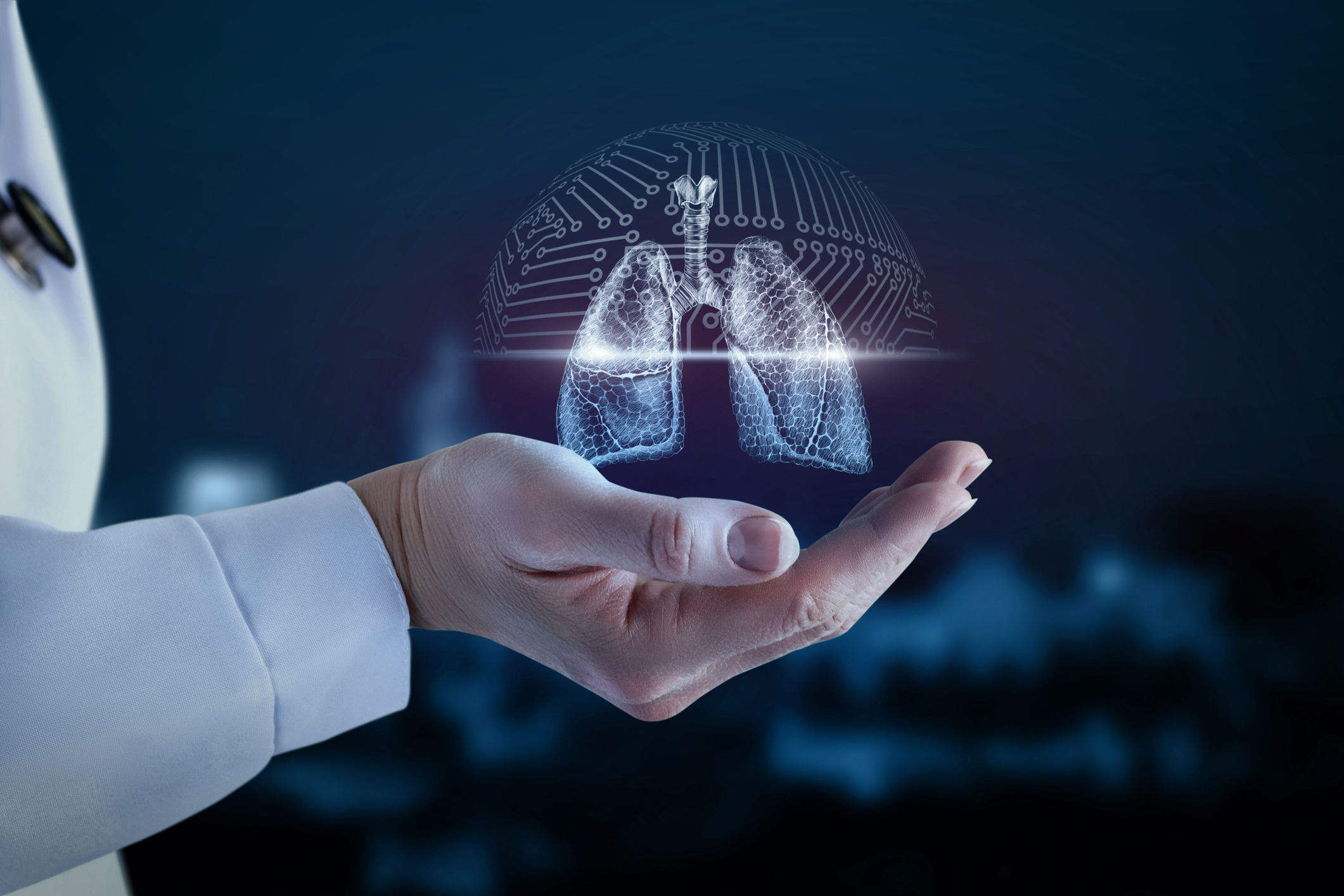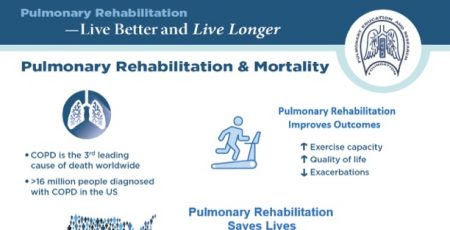
16 Feb Can You Breathe Your Way to Better Health?
The Science and Pseudoscience of “Training Your Lungs”
by Nicholas Tiller, PhD
The respiratory system has long been a target of the commercial health and fitness industry. This is due to several reasons, the most recent being the ongoing COVID-19 pandemic, which has focused attention on respiratory health and the means (proven or otherwise) to enhance it.
Even before COVID-19, chronic respiratory disease (like chronic obstructive pulmonary disease) was the third leading cause of death worldwide.1 Respiratory health has also become an important public health issue due to climate change and worsening air quality.2
Another, more cynical, explanation for the commercial interest in respiratory health is that respiratory physiology is a relatively complex area that’s less well understood by the public. As such, its basic mechanisms are more easily misappropriated for monetary gain.
Because of its multiple components, the respiratory system presents a range of potential therapeutic targets for marketing claims. With most interventions, those claims are a mix of the plausible and the absurd.
 The respiratory system comprises the upper and lower airways, the lungs, and respiratory muscles. It provides a range of potential therapeutic targets.
The respiratory system comprises the upper and lower airways, the lungs, and respiratory muscles. It provides a range of potential therapeutic targets.
The Good News About Improving Respiratory Health
The good news is that there are several proven ways to improve respiratory function. Breathing interventions – which include deep breathing, pursed-lip breathing, and diaphragmatic breathing – are considered broadly effective in pulmonary rehabilitation for COPD.
Pursed-lips breathing (PLB) is a technique involving deep inhalations, typically through the nose, and long, slow exhalations through “pursed” or “puckered” lips. Using PLB at rest has been shown to improve breathing “efficiency” in COPD patients, relieve breathlessness, and increase oxygenation of the blood.3–5 PLB might also increase exercise tolerance.6
Inspiratory muscle training is another potential therapeutic intervention. As with every muscle in the body, the respiratory muscles (including the diaphragm and intercostals) can be strengthened through regular training. Akin to curling weights to strengthen your arm muscles, respiratory training devices provide a resistance against which the inspiratory muscles must work.
Over time, the resistance can be increased to evoke increased respiratory muscle strength. Respiratory muscle training may improve endurance capacity in healthy people by delaying fatigue of the respiratory muscles.7 In some patients, respiratory muscle training may reduce sensations of breathlessness.8 However, overall the evidence for benefit is less encouraging than for standard respiratory interventions like PLB.
Pulmonary Rehabilitation (PR) is a highly effective treatment for patients with obstructive lung disease. It usually involves some combination of breathing retraining, exercise training, pharmacological interventions, patient education, and lifestyle coaching.
The Bad News About Respiratory Training
Throughout the world, there are countless “health gurus” touting unproven remedies. Respiratory physiology is no different.
The COVID-19 pandemic provided the perfect opportunity for snake oil salesmen to capitalize on widespread fear and confusion to sell breathing techniques, lung cleansing supplements, immune-boosting vaping devices, and respiratory muscle trainers on the premise they’ll protect you from the SARS-CoV-2 virus. They won’t. Nor will respiratory training help boost immunity, promote healing, detox the lungs, or cure disease.
Even popular breathing techniques like Buteyko conflate plausible and implausible claims. On the one hand, the conventional aspects of Buteyko (deep breathing and breath-hold) appear to improve quality of life and reduce the need for medication in people with asthma. 9,10
On the other hand, Buteyko’s promotion of mouth taping to force nasal breathing during sleep was shown to have no effect on asthma control,11 and the emphasis on Buteyko’s long breath holds (more than 25 seconds) could be dangerous for people with respiratory disease. Even some of the founding principles of Buteyko have been disproven in empirical research.12 It’s a great example of how genuine benefits of a product or practice can be undermined by a dogmatic obsession with unproven pseudoscience.
Other commercial products, like nasal strips and oxygenated beverages, claim to improve exercise capacity, but they are either unproven or disproven.13,14 A review in the British Journal of Sports Medicine stated concisely that performance-enhancing claims for oxygenated water “cannot be taken seriously.”14
Canned oxygen – oxygen canisters designed to be inhaled before exercise – has no obvious or lasting effect on exercise capacity. One manufacturer of a concentrated oxygen product even went so far as to publish an online press release that mimicked the appearance of a peer-reviewed scientific journal article, presumably in an effort to feign scientific legitimacy. The industry is unscrupulous.
Take-Home Messages
Respiratory training can be hugely beneficial for COPD patients, but it’s a poorly understood area that’s open to exploitation.
Commercial respiratory products often claim “immune-boosting” or “healing” properties that aren’t supported by evidence. This can have profound repercussions on population health.
In fact, real suffering occurs whenever people falsely believe a product or practice will protect them from harm. That’s why in our modern society, characterized by commercialism, fake news, and social media, it’s never been more important to draw a clear distinction between science and pseudoscience.
The full version of this article was originally published in the December issue of Skeptical Inquirer Magazine.
1. World Health Organization. Chronic obstructive pulmonary disease (COPD). Published 2021. Accessed November 30, 2021. https://www.who.int/news-room/fact-sheets/detail/chronic-obstructive-pulmonary-disease-(copd)
2. Barnes CS, Alexis NE, Bernstein JA, et al. NIH Public Access. 2013;1(2):137-141. doi:10.1016/j.jaip.2012.07.002.Climate
3. Thoman RL, Stoker GL, Ross JC. The efficacy of pursed-lips breathing in patients with chronic obstructive pulmonary disease. Am Rev Respir Dis. 1966;93(1):100-106. doi:10.1164/arrd.1966.93.1.100
4. Breslin EH. The pattern of respiratory muscle recruitment during pursed-lip breathing. Chest. 1992;101(1):75-78. doi:10.1378/chest.101.1.75
5. Marciniuk DD, Goodridge D, Hernandez P, et al. Managing dyspnea in patients with advanced chronic obstructive pulmonary disease: A Canadian Thoracic Society clinical practice guideline. Can Respir J. 2011;18(2):69-78. doi:10.1155/2011/745047
6. Ubolnuar N, Tantisuwat A, Thaveeratitham P, Lertmaharit S, Kruapanich C, Mathiyakom W. Effects of Breathing Exercises in Patients with Chronic Obstructive Pulmonary Disease: Systematic Review and Meta-Analysis. Ann Rehabil Med. 2019;43(4):509-523. doi:10.5535/arm.2019.43.4.509
7. Sheel AW. Respiratory muscle training in healthy individuals: physiological rationale and implications for exercise performance. Sports Med Auckl NZ. 2002;32(9):567-581. doi:10.2165/00007256-200232090-00003
8. Beaumont M, Forget P, Couturaud F, Reychler G. Effects of inspiratory muscle training in COPD patients: A systematic review and meta-analysis. Clin Respir J. 2018;12(7):2178-2188. doi:10.1111/crj.12905
9. Burgess J, Ekanayake B, Lowe A, Dunt D, Thien F, Dharmage SC. Systematic review of the effectiveness of breathing retraining in asthma management. Expert Rev Respir Med. 2011;5(6):789-807. doi:10.1586/ers.11.69
10. Santino TA, Chaves GS, Freitas DA, Fregonezi GA, Mendonça KM. Breathing exercises for adults with asthma. Cochrane Database Syst Rev. 2020;3:CD001277. doi:10.1002/14651858.CD001277.pub4
11. Cooper S, Oborne J, Harrison T, Tattersfield A. Effect of mouth taping at night on asthma control–a randomised single-blind crossover study. Respir Med. 2009;103(6):813-819. doi:10.1016/j.rmed.2009.02.003
12. Courtney R, Cohen M. Investigating the claims of Konstantin Buteyko, M.D., Ph.D.: the relationship of breath holding time to end tidal CO2 and other proposed measures of dysfunctional breathing. J Altern Complement Med N Y N. 2008;14(2):115-123. doi:10.1089/acm.2007.7204
13. Dinardi RR, Ferreira CHS, Silveira GS, de Araújo Silva VE, da Cunha Ibiapina C, de Andrade CR. Does the external nasal dilator strip help in sports activity? A systematic review and meta-analysis. Eur Arch Oto-Rhino-Laryngol Off J Eur Fed Oto-Rhino-Laryngol Soc EUFOS Affil Ger Soc Oto-Rhino-Laryngol – Head Neck Surg. 2021;278(5):1307-1320. doi:10.1007/s00405-020-06202-5
14. Piantadosi CA. “Oxygenated” water and athletic performance. Br J Sports Med. 2006;40(9):740. doi:10.1136/BJSM.2006.028936





No Comments